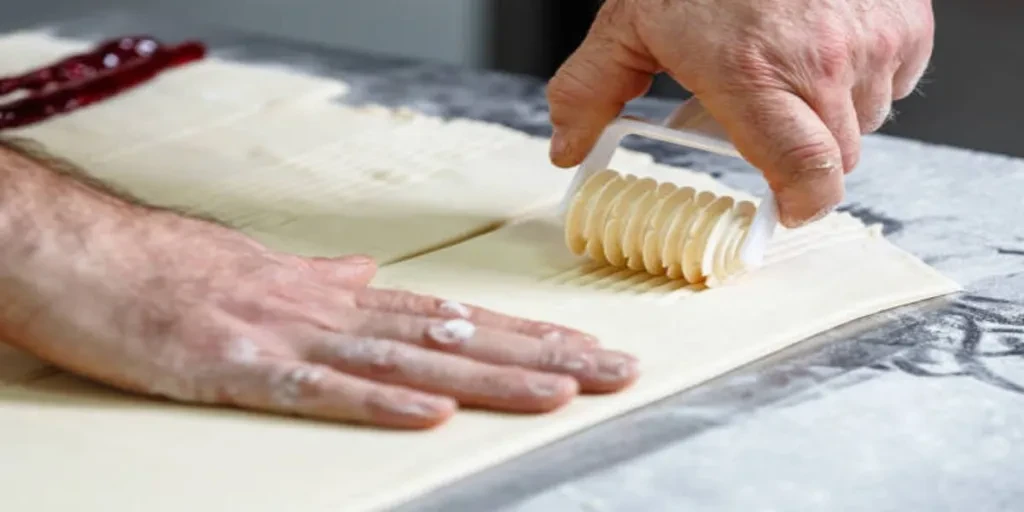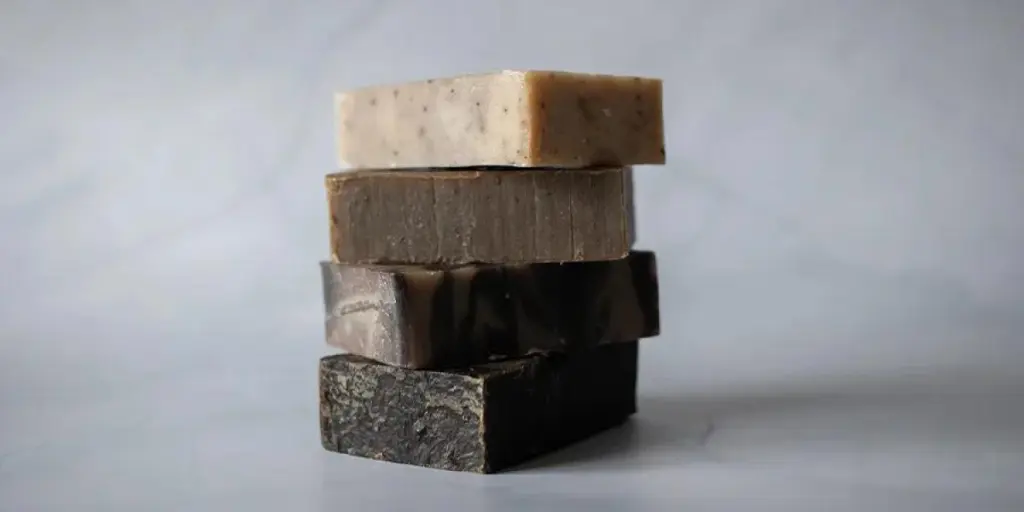Precision and efficiency are key in the world of baking and pastry-making. There are a lot of useful pastry tools that can be utilized in the kitchen, but the pastry cutter is one of the most popular. This tool has gained popularity among home bakers and professionals, and there are several designs that can be used for different techniques.
Choosing the right pastry cutter can be an overwhelming task, so consumers will want to know about all of the key features. Keep reading to learn more about each pastry cutter.
Table of Contents
Global market value of pastry tools
How to choose the right pastry cutter
Pastry blender
Bench scraper
Wheel cutter
Biscuit cutter
Final thoughts
Global market value of pastry tools
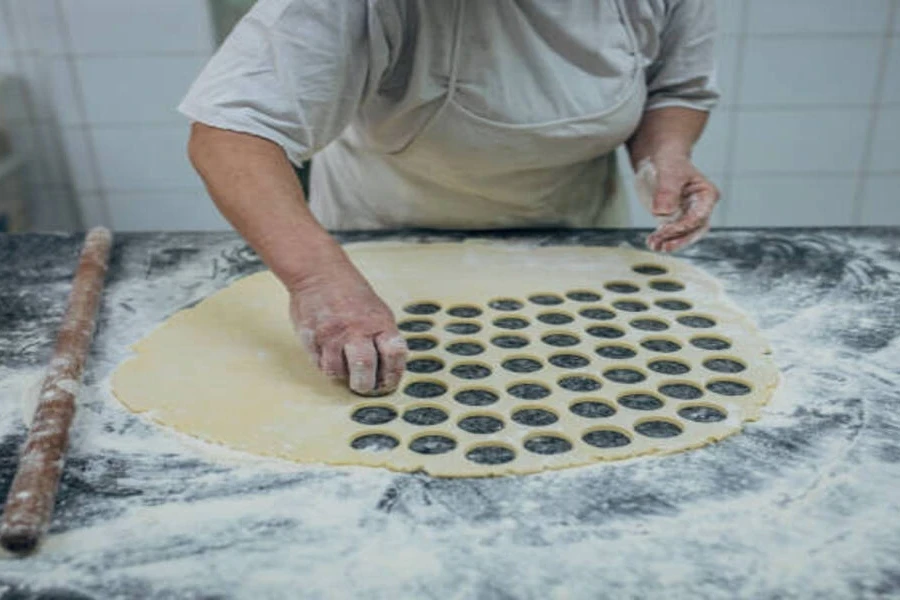
Pastry tools and equipment are experiencing a sizable growth in demand due to technological advancements and consumer spending habits. More consumers are spending time in their household kitchen and investing in all types of kitchen equipment, and this includes pastry tools. Pastry cutters in particular are in high demand as people look for more efficient ways to cut pastry dough.
The global market value of pastry tools reached USD 14.73 billion in 2024. This number is expected to grow by a compound annual growth rate (CAGR) of 9.07% between 2024 and 2031. This will bring the total market value up to approximately USD 24.8 billion at the end of this period.
How to choose the right pastry cutter
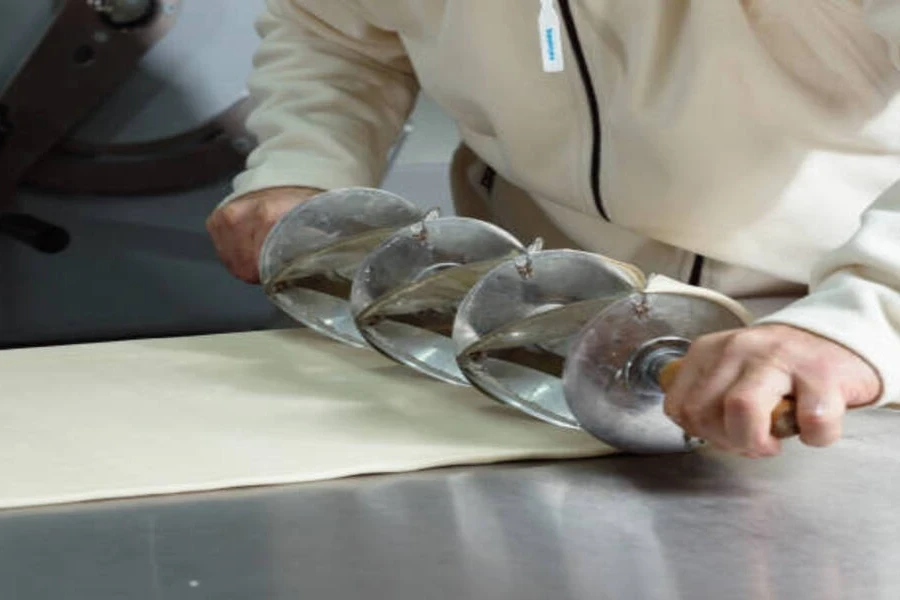
Each type of pastry cutter serves a different purpose in pastry preparation and baking. They’re essential tools in the kitchen, especially when a lot of baking is taking place throughout the day. From small handheld tools to larger gadgets designed for batch baking, there are pastry cutters for all circumstances.
According to Google Ads, “pastry cutter” received an average monthly search volume of 33,100 in 2024. The most searches appeared in December when they reached 60,500, followed by January when they reached 49,500. These two months are popular for baking as they encompass the holiday season.
Keep reading to find out how to choose the right pastry cutter and what the key features of each one are.
Pastry blender
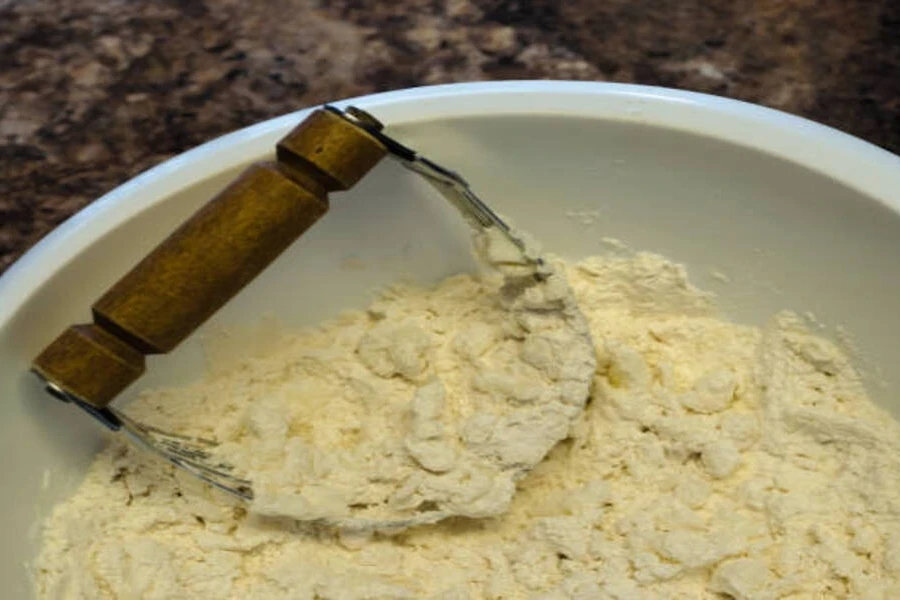
The pastry blender, or the dough blender, is a useful tool to have in the kitchen. It’s designed to effortlessly cut fat or cold butter into smaller pieces in the flour for a nicely textured dough. The sturdy handle and metal or wire-curved blades help create a uniform and crumbly dough consistency. This makes the dough ideal for biscuits, pies, and scones.
Most models of pastry cutters with blades or wires will feature rust-resistant heavy-duty blades and a non-slip grip so that they can be used effectively in the long term. They should be sturdy and lightweight too, so that they’re easy to use when creating the perfect pastry dough.
Bench scraper
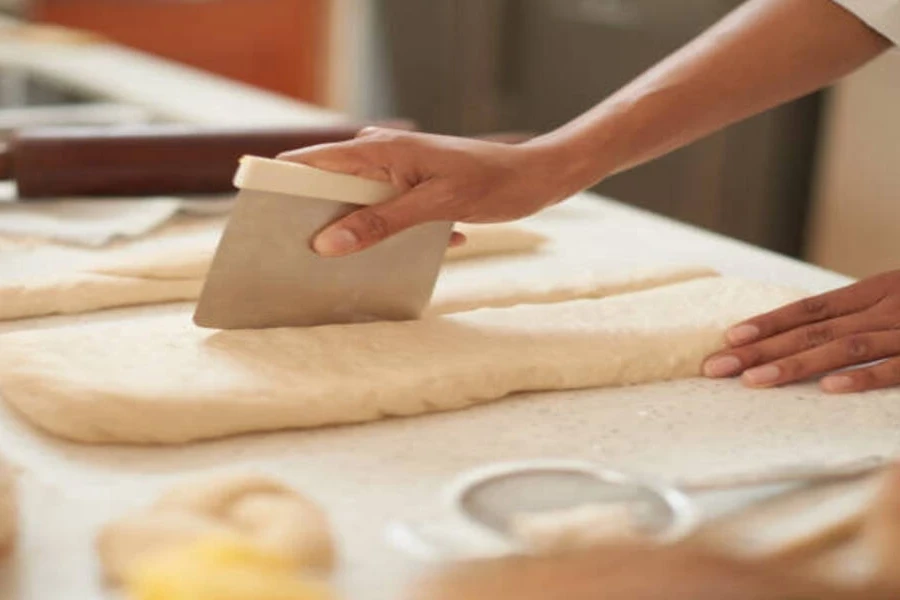
One of the simplest styles of pastry cutters is the bench scraper. Also referred to as a dough scraper, this versatile kitchen tool can be used to cut, portion, and handle dough with extreme precision. It features a flat, rectangular plastic or stainless steel blade with a sturdy, ergonomic handle. This design makes it ideal for dividing dough, moving chopped ingredients, and scraping flour off a work surface.
More advanced versions of bench scrapers with heavy-duty stainless steel blades include measurement markings on the blade for precise cutting. Others may also have flexible edges for improved maneuverability. Bench scrapers are known for being dishwasher safe due to their high quality as well.
Wheel cutter

The wheel cutter, also known as the pastry wheel, is designed to cut dough into precise shapes and strips with minimal effort. It features a circular rotating blade that’s attached to a handle, allowing for continuous and smooth cuts with ease. Wheel cutters are available with either fluted or straight edges, which are both used for different cuts and patterns.
For added versatility and time-saving, a larger model will have dual wheels. This type of pastry roller cutter is especially useful in commercial kitchens when large outputs in a short amount of time are necessary. It’s important that all wheel cutters have durable and razor-sharp blades as well as an ergonomic handle for added comfort.
Biscuit cutter
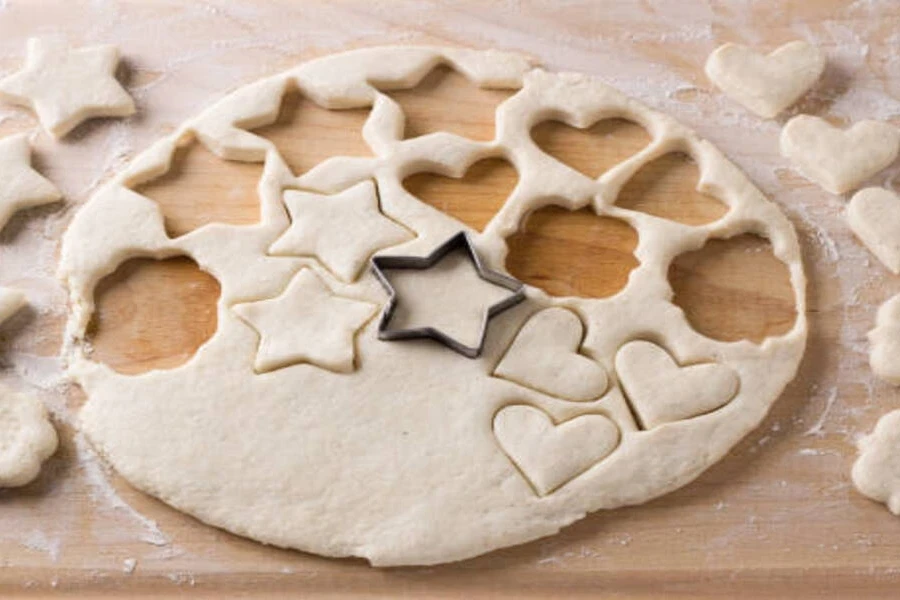
There is a large selection of pastry cutters available, but not many are as popular as biscuit cutters. This very simple pastry shaper is typically made from plastic or stainless steel and creates perfectly shaped biscuits, cookies, and other pastries. Some biscuit cutters have smooth edges, whereas others have fluted edges for a decorative look. It’s also common for them to have a specialty wood handle for added comfort.
Biscuit butters are available in an extensive variety of shapes and sizes, which is what makes them so popular. They ensure even baking by keeping consistent dough portions. They’re also very easy to clean, known for their durability, and take minimal effort to use effectively, regardless of if they have elaborate designs or not.
Final thoughts
Choosing the right pastry dough cutter can have a big impact on the baking experience, regardless of whether the users are home bakers or professional bakers. All types of pastry cutters are designed to portion dough with precision and make the cutting process easier. Investing in high-quality pastry cutters can enhance efficiency and improve presentation and overall texture.
There are a wide variety of pastry cutters available on the market. Not every bakery cutter is suitable for each situation, though. Buyers will want to learn more about each tool’s key features before making their purchase.
